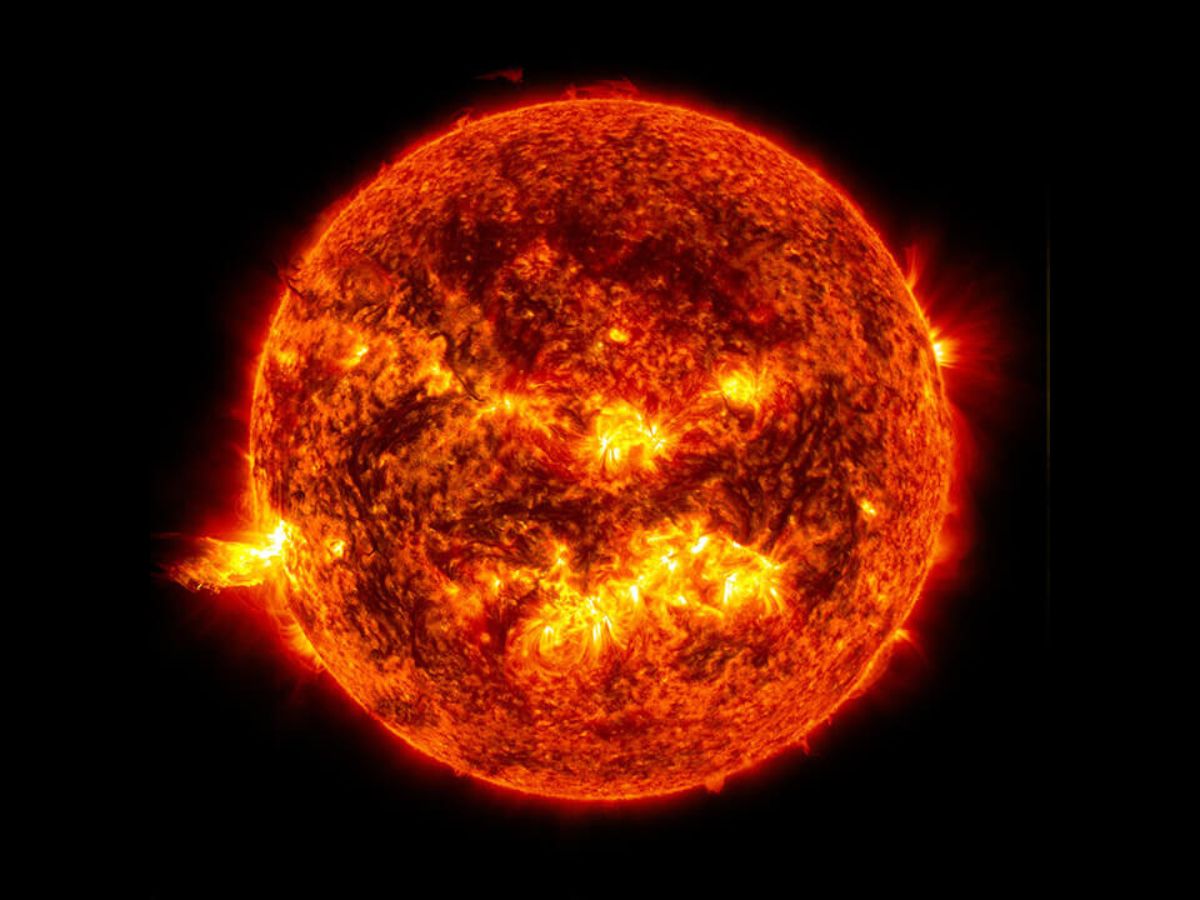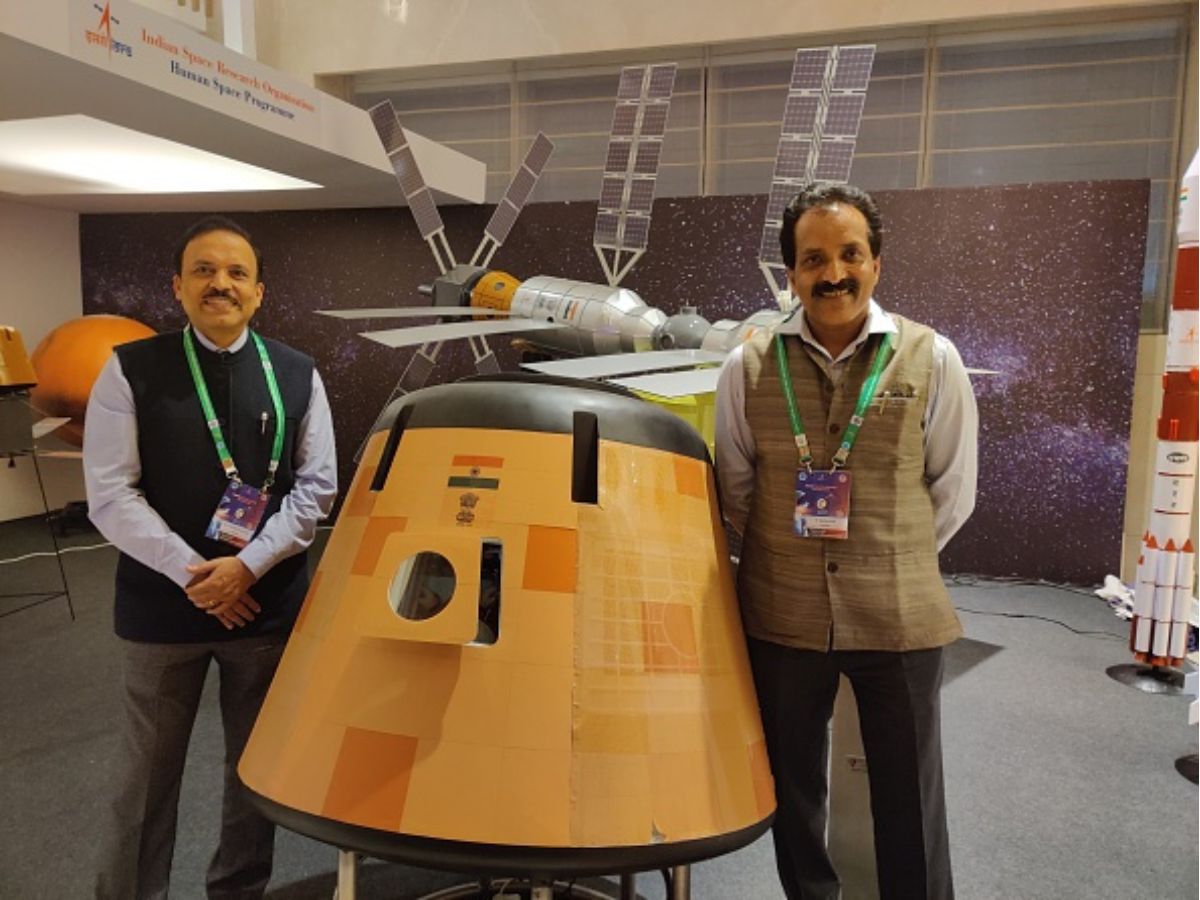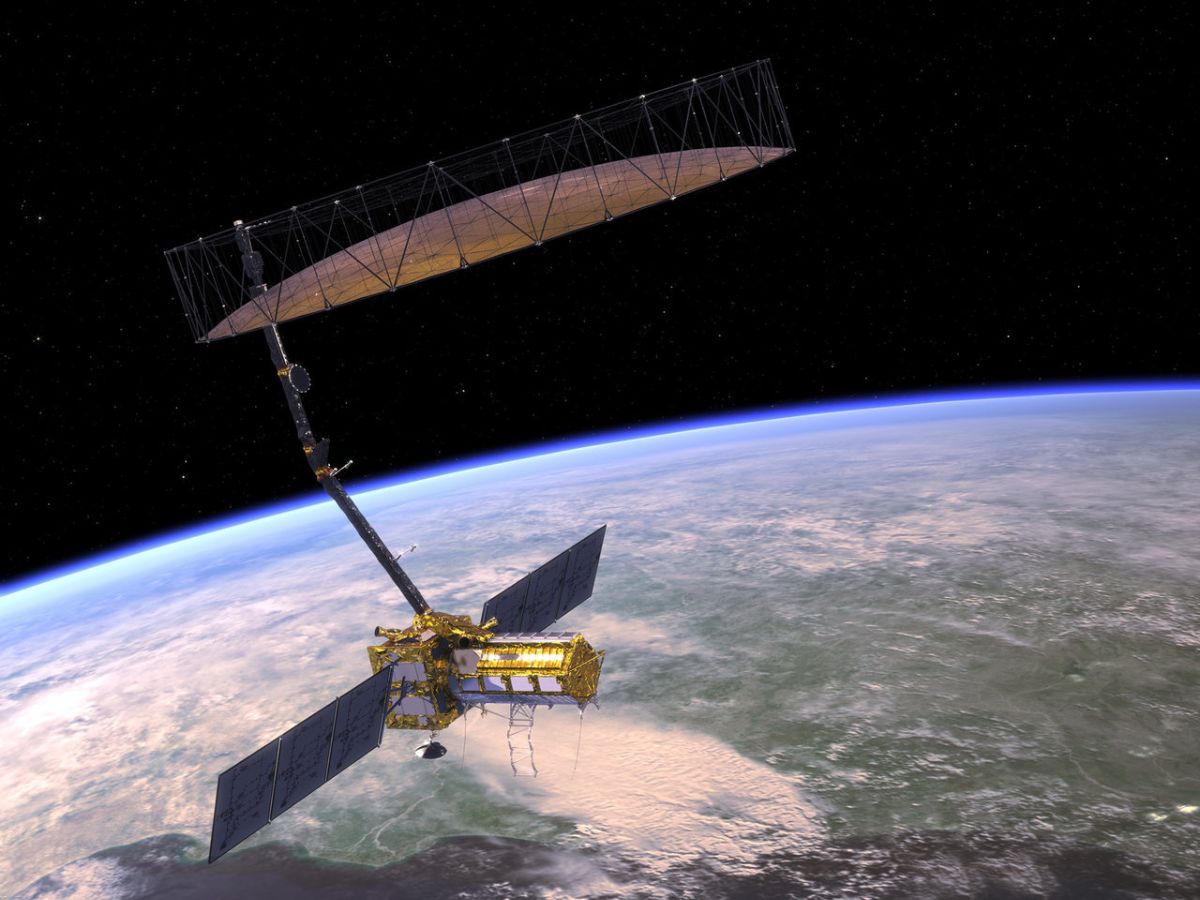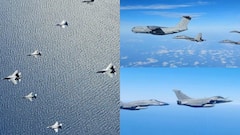India’s Space Odyssey: Aditya L-1 To Chandrayaan, Gaganyaan, Shukrayaan — ISRO's Future Space Missions
India At 2047: ISRO is working on future satellite missions like Aditya L-1, Chandrayaan-3 mission, Gaganyaan mission, Venus Orbiter Mission, and NISAR mission, among others.

The Indian Space Research Organisation (ISRO) has achieved a multitude of milestones since the inception of the Indian Space Programme in the early 1960s. The American satellite 'Syncom-3' conducted live transmission of the 1964 Tokyo Olympics, seeing which Dr Vikram Sarabhai, the Father of the Indian Space Programme, recognised the benefits of space technologies for India. Dr Sarabhai envisioned that the resources in space have the potential to address the real problems of society.
In 1962, the Indian National Committee for Space Research (INCOSPAR) was set up under the Department of Atomic Energy, to spearhead space research activities. In August 1969, the Indian Space Research Organisation was established in place of INCOSPAR.
The Indian satellite programme commenced on April 19, 1975, with the launch of India's first experimental satellite Aryabhatta.
Other important feats accomplished by ISRO include the Satellite Instructional Television Experiment (SITE), Rohini Series, INSAT and GSAT Series, EDUSAT, HAMSAT, Bhaskara-1, Resourcesat Series, Cartosat Series, Kalpana-1, Oceansat-1, Earth Observation Satellite Series, Indian Regional Navigation Satellite System, Space Recovery Experiment Satellite, SARAL, Chandrayaan-1, Mars Orbiter Mission (MOM), AstroSat, and Chandrayaan-2.
ISRO’s Future Missions
ISRO is working on future satellite missions like Aditya L-1, Chandrayaan-3 mission, Gaganyaan mission, Venus Orbiter Mission, and NISAR mission, among others.
Aditya L-1 is a planned coronagraphy spacecraft to study the solar atmosphere. Chandrayaan-3 is a planned third lunar exploration mission by ISRO, and will be a mission repeat of Chandrayaan-2. However, it will not have an orbiter.
The Gaganyaan Programme aims to demonstrate indigenous capability to undertake human spaceflight missions to low-Earth orbit.
Three flights will be sent into low-Earth orbit under the Gaganyaan Programme. These include two unmanned flights and one human spaceflight.
The upcoming missions will enhance the technological capabilities of the nation and will make a significant contribution to scientific research and development.
ISRO is making a humongous effort for the betterment of mankind in various fields such as meteorology, communication, tele-education, and telemedicine, among others.
Following are some of the missions planned by ISRO.
Aditya L1 Mission
The Aditya L1 is set to become the first Indian mission to study the Sun. A 400-kilogram satellite will be launched to a halo orbit around the Lagrangian point 1 (L1) of the Sun-Earth system. Langrangian points are points in space where objects sent there tend to stay put, with L1 being the most significant. L1 is located 1.5 million kilometres from Earth.
Since Aditya L1 will be placed around L1, it can continuously view the Sun. The satellite will be equipped with a total of seven payloads, including the Visible Emission Line Coronagraph.
The main objective of the mission is to observe the Sun's corona, a term used to describe the outer layers of Earth's host star. The project also aims to understand the dynamic processes taking place within the Sun. The mission is expected to launch in the fall of 2022.

Chandrayaan-3
Chandrayaan-3 is a planned third lunar exploration mission by ISRO, and will be a mission repeat of Chandrayaan-2. However, Chandrayaan-3 will not have an orbiter.
Chandrayaan-3 will be launched from the Satish Dhawan Space Centre, Sriharikota, atop a Geosynchronous Satellite Launch Vehicle (GSLV) Mark III rocket. The lunar rover, lander and propulsion module that will be launched as part of the mission will aim for the same landing site on the Moon's south polar region that Chandrayaan-2's Vikram lander attempted in 2019.
The mission is expected to be launched in August 2022.

Gaganyaan 1
The Gaganyaan Programme is India's first human spaceflight programme. ISRO aims to send humans to low-Earth orbit as part of this programme.
The Gaganyaan Programme, which aims to demonstrate indigenous capability to undertake human spaceflight missions to low-Earth orbit, will include two unmanned missions and one manned mission.
Gaganyaan 1 is the first of the two test flights. An uncrewed spacecraft that has the capacity to carry three persons to space is expected to be launched to space in late 2022.

Gaganyaan 2
Gaganyaan's second uncrewed mission will be conducted at the end of 2022. Gaganyaan 2 will carry spacefaring human-robot Vyommitra to space.
According to ISRO, the objectives of the uncrewed missions are technology demonstration, safety and reliability verification. The missions are aimed at studying the spacecraft systems before conducting the first crewed spaceflight.
Gaganyaan 2 will carry spacefaring human-robot Vyommitra to space.

NISAR
NASA-ISRO Synthetic Aperture Radar (NISAR) is a joint Earth-observing mission between NASA and ISRO that is aimed at making global measurements of the causes and consequences of land surface changes using advanced radar imaging. The two space agencies are providing two radars that are optimised to allow the NISAR mission to observe a wide range of surface changes.
According to NASA, NISAR will be the first radar of its kind in space to systematically map Earth, using two different radar frequencies namely L-band and S-band.
NISAR's data will be useful because it will help people worldwide better manage natural resources and hazards. Moreover, scientists will be able to better understand the effects and pace of climate change.
The mission will also increase our understanding of Earth's crust.
NISAR will measure the changing ecosystems of our planet, ice masses, and dynamic surfaces. The mission will also provide information about biomass, natural hazards, groundwater, and the rise in sea level.
The mission is expected to be launched in 2023, and has a planned duration of three years.

Gaganyaan 3
Gaganyaan 3, the first crewed Gaganyaan mission, will be launched in 2023. The astronaut trainees will be selected for a pool of test pilots, and will have to undergo fitness tests, and psychological and aeromedical evaluation.
If Gaganyaan 3 is successful, India will become the fourth nation to independently send humans to space, after the Soviet Union, United States, and China.
India's next focus will be towards achieving a sustained human presence in space.
Shukrayaan-1
Shukrayaan-1 is a planned mission that aims to study the surface and atmosphere of Venus. An orbiter will be launched to Venus atop a GSLV Mark III rocket from Satish Dhawan Space Centre. The mission duration is four years.
The objectives of the mission are to study surface stratigraphy (scientific discipline concerned with the study of rock layers), analyse atmospheric chemistry, and study solar wind interaction with the ionosphere of Venus.
Shukrayaan-1 is expected to be launched in December 2024.
Lunar Polar Exploration Mission (LUPEX)
The Lunar Polar Mission is a joint robotic lunar exploration mission between the Japanese Aerospace Exploration Agency (JAXA) and ISRO. Previous studies have suggested the presence of water in the polar regions on the Moon. The LUPEX mission aims to obtain information on the quantity and forms of water resources present on the Moon. This will help determine the feasibility of utilising these water resources for future sustainable space exploration activities.
According to the official website of JAXA, the aim of the mission is to understand the distribution, conditions, forms, and other parameters of the lunar water resources.
Through LUPEX, ISRO and JAXA also seek to improve the technology required to explore the surface of low-gravity celestial bodies.
The mission duration will be six months. LUPEX is expected to be launched in 2025.

Mangalyaan-2
Mangalyaan-2, or Mars Orbiter Mission 2 (MOM 2), is ISRO's second interplanetary mission, expected to be launched in 2025. The mission is the successor to Mangalyaan-1, or Mars Orbiter Mission 1 (MOM 1).
The proposed mission duration is one year.
According to a report by The Times of India, the Mangalyaan-2 mission will consist of only one orbiter.
Mangalyaan-2 will be launched atop a GSLV Mark III rocket from Satish Dhawan Space Centre.
AstroSat-2
AstroSat-2 is the successor to AstroSat, the first Indian satellite fully dedicated to the study of astronomy. AstroSat, the space telescope of India, was launched on September 28, 2015.
AstroSat-2 is India's second space observatory mission.
The launch date for the mission is yet to be announced.
ISRO is making a humongous effort for the betterment of mankind in various fields such as meteorology, communication, tele-education, and telemedicine, among others.
Related Video
India@2047 Summit: Modi Calls for Innovation, Reforms, and National Resolve






































